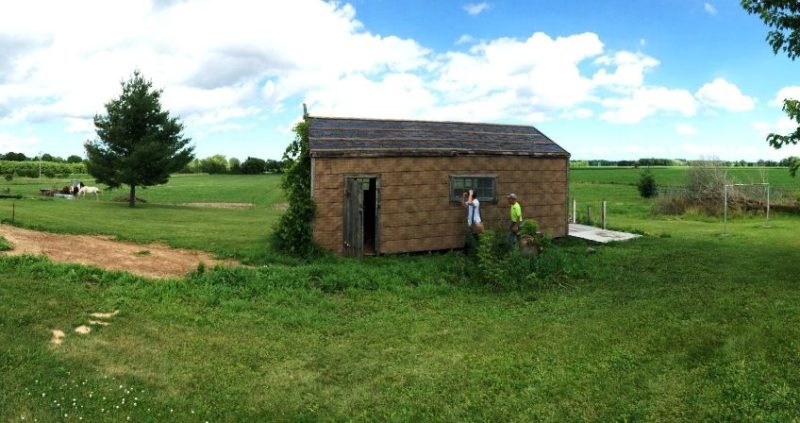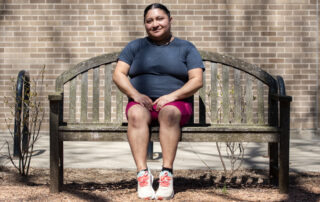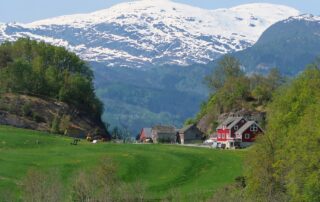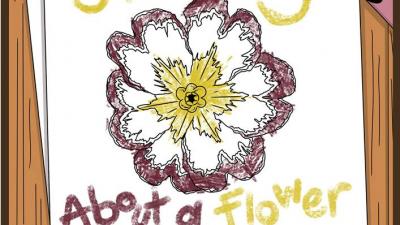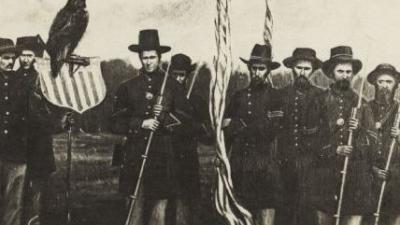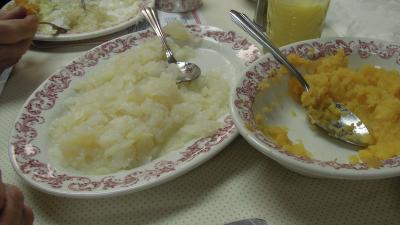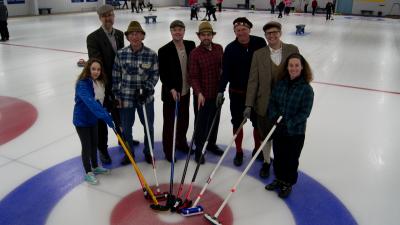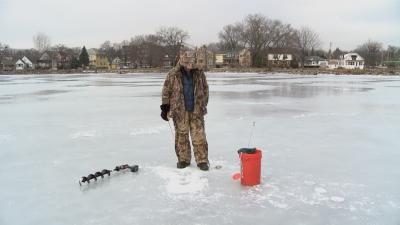Antonio Saldana began working in the fields with his family as a migrant worker when he was four years old.
“Everybody had to work,” says Saldana. “If you could walk and talk, you were expected to work.”
A fourth generation American, Saldana says his family first came to the United States as agricultural workers. His family had worked the fields near Oconto since at least the 1930s. It’s where Saldana was born and where he returned for the cucumber harvest every summer before they moved on to the next state and the next harvest.
When in Oconto, the family lived in a migrant shack. Saldana was one of fourteen children, sharing a space 25 feet long and 16 feet wide.
Saldana attended school in each place where his family was working.
“You were never there more than two, three, four weeks,” says Saldana.
It was hard to make friends and Saldana said he also struggled with the language barrier. Even though he and his siblings spoke English, they spent most of their time around other migrant workers so had limited experience speaking English.
From a young age, Saldana knew he didn’t want to be a migrant worker forever. An opportunity to live with his sister and attend school on a more full-time basis opened doors for Saldana. He became the first in his family to graduate high school and then college, at the University of Wisconsin – Green Bay.
Saldana became a teacher and tries to impart on his students the benefits of education.
“I tell my students that education is the way out,” says Saldana.
Saldana feels lucky to have made his way out of poverty. He knows firsthand the difficulty of achieving a new life outside of the farm fields.
“How can you have dreams when you can’t even dream?” asks Saldana. “When are you working under the hot sun and you don’t have enough food to eat?”
Saldana now works to share and preserve the history of migrant workers in Wisconsin.
“We are not an invisible people,” he says. “We are here. We are human beings.”
